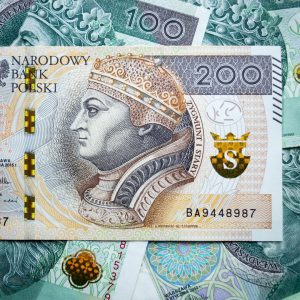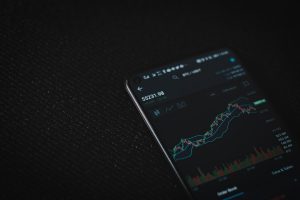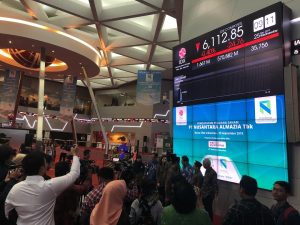Forex trading is the largest and most liquid financial market in the world. According to the Bank for International Settlements, the daily average trading volume in the forex market is over $5 trillion. Banks are among the major participants in this market, accounting for a significant portion of the daily trading volume.
Forex trading by banks involves the buying and selling of currencies on behalf of their clients. Banks use their own funds to engage in forex trading as well. There are several ways in which banks trade forex, and the following are some of the most common methods.
Interbank Market
The interbank market is where banks trade currencies with one another. This is the most liquid and efficient market for forex trading. Banks in this market trade with each other directly, without the use of intermediaries. They can also deal with each other through electronic trading platforms.
In the interbank market, banks trade large amounts of currencies, known as ‘wholesale’ transactions. The minimum transaction size in this market is usually $1 million. Banks use their own funds to trade in this market or on behalf of their clients.
Banks in the interbank market can also act as market makers. This means that they can offer bid and ask prices for specific currency pairs. Banks make profits by buying currencies at lower prices and selling them at higher prices.
Retail Market
Banks also trade forex in the retail market. This is the market where individual traders and investors buy and sell currencies. Banks play a significant role in the retail market as liquidity providers.
Banks provide liquidity to retail forex brokers, who in turn offer trading services to individual traders. Banks offer liquidity to brokers through electronic trading platforms. They provide bid and ask prices for various currency pairs, which brokers use to offer trading services to their clients.
Banks make profits in the retail market by charging commissions or spreads on trades executed through their liquidity provision services.
Proprietary Trading
Banks engage in proprietary trading, where they use their own funds to trade forex. This is a high-risk, high-reward trading strategy. Banks use proprietary trading to generate profits and reduce risks associated with forex trading.
Proprietary trading involves using advanced trading strategies and algorithms to predict currency price movements. Banks use fundamental and technical analysis to identify trading opportunities. They also use high-frequency trading (HFT) algorithms to execute trades in milliseconds.
Banks make profits in proprietary trading by exploiting price inefficiencies in the forex market. They also make profits by taking advantage of market volatility and earning interest on their invested funds.
Hedging
Banks use forex trading to hedge against currency risks. Hedging involves using trading strategies to protect against potential losses resulting from currency price fluctuations. Banks use hedging to reduce risks associated with forex trading.
Banks use various hedging strategies, including forward contracts, options, and futures. Forward contracts involve agreeing to exchange currencies at a specified price and date in the future. Options give banks the right, but not the obligation, to buy or sell currencies at a predetermined price and date. Futures contracts involve trading currency contracts on a futures exchange.
Banks use hedging to protect against currency risks resulting from international trade and investment activities. They also use hedging to protect against currency risks associated with their own assets and liabilities.
Conclusion
Banks are major participants in the forex market, accounting for a significant portion of the daily trading volume. They use various trading strategies, including interbank trading, retail trading, proprietary trading, and hedging. Banks make profits in forex trading by providing liquidity, acting as market makers, charging commissions and spreads, and exploiting price inefficiencies. Forex trading by banks is a high-risk, high-reward activity that requires advanced trading strategies and risk management practices.






